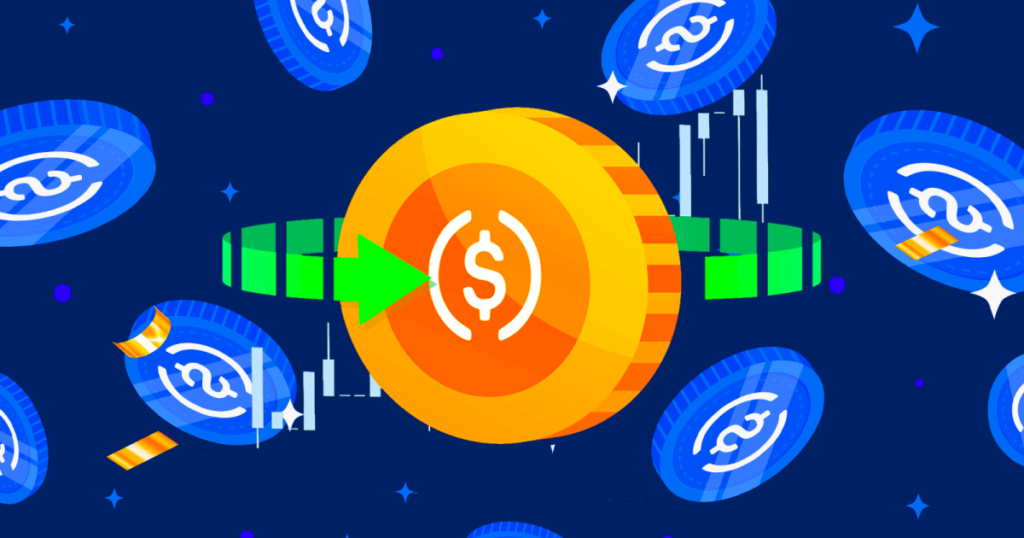Dr Kampakis had the opportunity to participate in a very interesting talk about flatcoins in the metaverse of the British Blockchain Association. You see a screenshot of the talk below. The metaverse of the BBA is freely accessible here.

Flatcoins are an evolution of the concept of stablecoins. There are two types of flatcoins:
- Flatcoins that act as stablecoins but instead of tracking a peg, they track an index, e.g. CPI inflation. Frax’s FPI is a good example of that. Nuon is another example.
- Flatcoins that generalise the concept of a “hard peg” to that of a “soft peg”. So far, only Janus falls under this category.
Dr Kampakis had the opportunity to talk about a recent project he has started called Janus. Janus is an inflation adjusted stability protocol that leverages a two token ecosystem to provide unique stability by generating its own demand. The model is designed to reduce volatility and sustain as a store of wealth.
Janus falls under the latter category of flatcoinsk, that is, it tries to maintain a soft peg against inflation.
The stablecoin trilemma in web3
The core idea behind flatcoins is that they fundamentally face a trilema. A stablecoin has to choose in between these three properties
- Efficiency and decentralisation: Efficiency refers to how much “overcollateralised” a stablecoin needs to be. Usually, greater collateralisation can often lead to greater centralisation, as is the case with USDT and DAI.
- Safety: A “safer” stablecoin is more resilient. The exact opposite is a stablecoin that is at the risk of collapsing, as it happened with Terra/Luna.
- Finality: A stablecoin that satisfies the “finality” property guarantees that the price will be at the desired level at any given time.
Janus’ creates a truly decentralised, efficient and safe flatcoin by sacrificing “finality”. That is, the price is not guaranteed to be at a certain level at a certain point in time. Janus rather gives a probabilistic guarantee, i.e. “the price will be within 90% of the target value 90% of the time”. This makes for some very tokenomics and incentives.
If you want to know more about the project make sure to check out the white paper.

